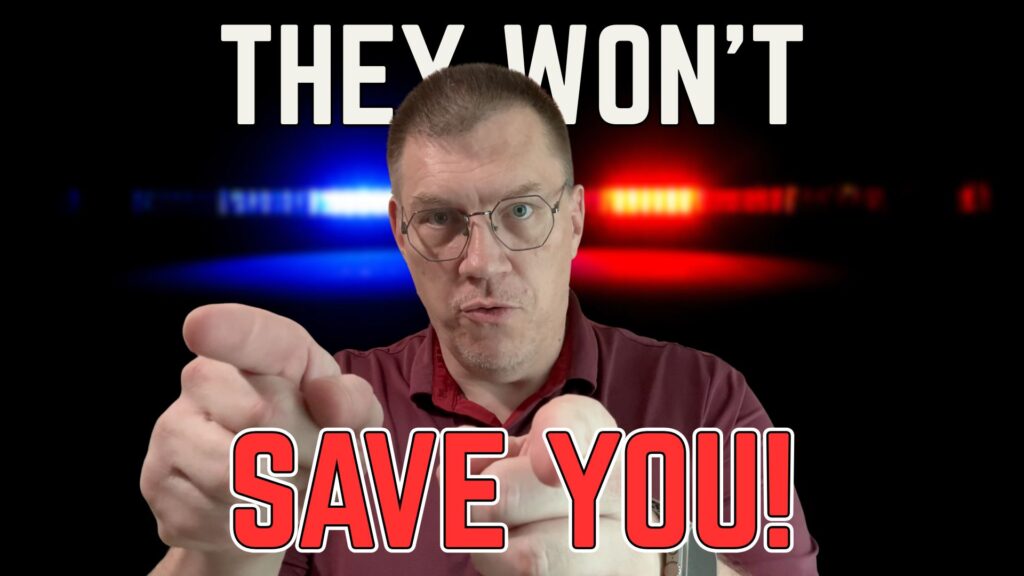Ever get that feeling? You’re walking through a quiet Costco parking lot at dusk, or maybe you’re just buckling a grandchild into their car seat, and for a split second, the hair on your arms stands up. The world feels just a little… off. It’s not panic. It’s just that quiet little voice in the back of your head, the one that’s been honed by decades of experience, asking, “What would I do if something went sideways right now?”
Let me tell you, that voice doesn’t mean you’re paranoid or crazy. It means you’re paying attention. That little voice is the start of a solid defensive mindset.
Now, we can spend a whole afternoon debating the merits of a Glock 43X versus a Sig P365. And trust me, that’s a conversation I enjoy. But the best everyday carry pistol in the world doesn’t do you a lick of good without the right software running between your ears. Gear is important, but your mind is the weapon. Everything else is just a tool.
So grab your coffee, and let’s talk about five simple, practical shifts you can make to build that mindset. This isn’t about becoming a commando overnight. It’s about turning that vague feeling in the parking lot into a quiet, calm confidence.
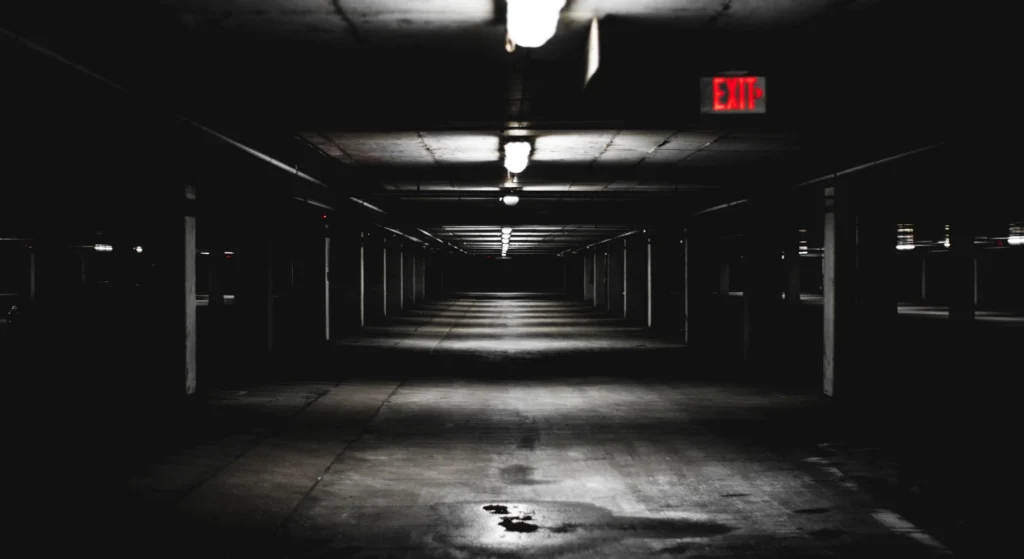
The Five Shifts to Building a Rock-Solid Defensive Mindset
We’re going to walk through five fundamental changes in perspective. Think of them as building blocks. Each one supports the next, and together they form a foundation that will serve you far better than any piece of hardware you can buy.
The 5 Shifts to a Practical Protector’s Mindset
Step 1: From Unaware to Aware – The Foundation of Your Defensive Mindset
Let’s be honest, we’ve all seen the “phone zombies.” Folks walking through a crowded store who would stroll right into a running woodchipper if their phone told them there was a funny cat video on the other side. In today’s world, the biggest threat to our safety isn’t always a bad guy hiding in the bushes; it’s our own distraction.
The first shift is the simplest. It’s about being present. It’s not about being hyper-vigilant, scanning every rooftop for snipers. It’s just about pulling your head out of the digital world and into the real one.
The rule is simple: Head up, phone down. Especially when you’re in a transitional space like a parking lot, a hallway, or at an ATM. Put the phone away, lift your eyes, and just take a look around. Notice who’s coming and going. Make brief eye contact with people. Simply look like you know what time it is and where you are.
Bad guys are fundamentally lazy. They are looking for an easy mark, an oblivious target. Someone who looks alert and is paying attention just looks like more trouble than they’re worth. Awareness buys you time, and time buys you options.
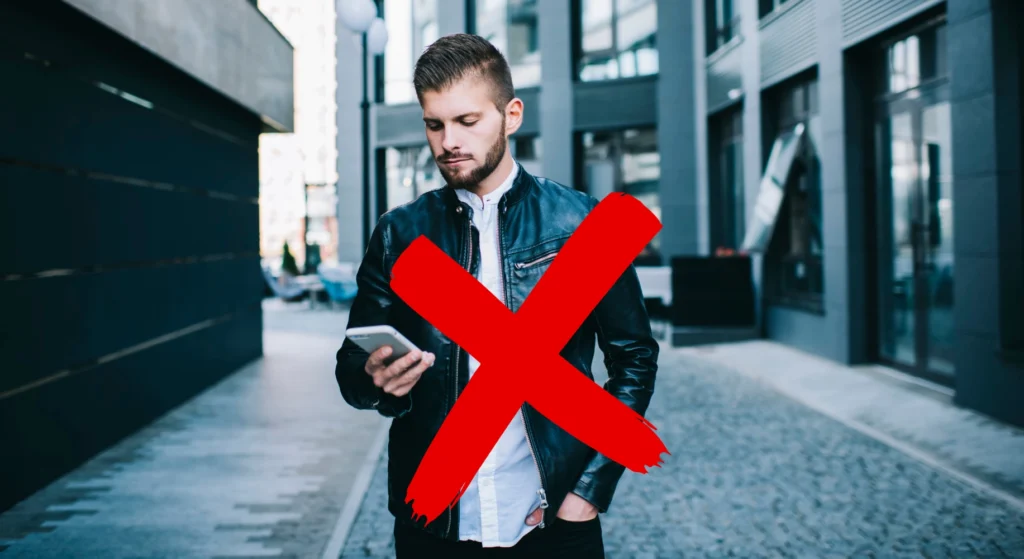
Step 2: Proactive Choices for Your Everyday Carry Self Defense
Okay, so you’re paying attention now. The next step is to start using that awareness to stack the deck in your favor. This is where you move from just passively observing the world to actively making small, smart choices that give you a tactical edge. Your everyday carry self defense plan starts long before you ever have to reach for your firearm.
It’s not complicated stuff. It’s the kind of common sense our grandfathers practiced without thinking about it.
- It’s parking under a streetlamp instead of in a dark, creepy corner.
- It’s locking your car doors the second you get in, before you start fiddling with the radio.
- When you go out to eat, it’s asking for a booth where you can see the entrance instead of sitting with your back to the door.
- It’s asking for a hotel room on the third or fourth floor instead of the easily accessible ground floor.
These little things, by themselves, might not seem like much. But when you start combining them, you systematically make yourself a less convenient target. You are actively taking away opportunities from criminals. The best fight you’ll ever be in is the one you avoided altogether because you were smart. Your brain is the most critical part of your everyday carry setup.
Step 3: From Avoidance to Acceptance – A Crucial Defensive Mindset Shift
This one is a big mental hurdle for a lot of good people. It’s comfortable to live in a state of denial, to think, “That stuff only happens on the news in some other town.” It’s the “it won’t happen to me” mindset.
But after a few decades on this planet, we know better, don’t we? We know life can be unpredictable and that bad things can happen to good people. Accepting this reality isn’t about being negative or living in fear. It’s about being a realist.
This is the core of the protector’s mindset. As the video so perfectly puts it: It’s not about looking for trouble. It’s about looking out for trouble. It’s making a conscious decision that you are the one ultimately responsible for your safety and the safety of your loved ones. This acceptance is the “why” behind your entire everyday carry system. It’s the internal commitment that says, “I am the first responder for my family.”
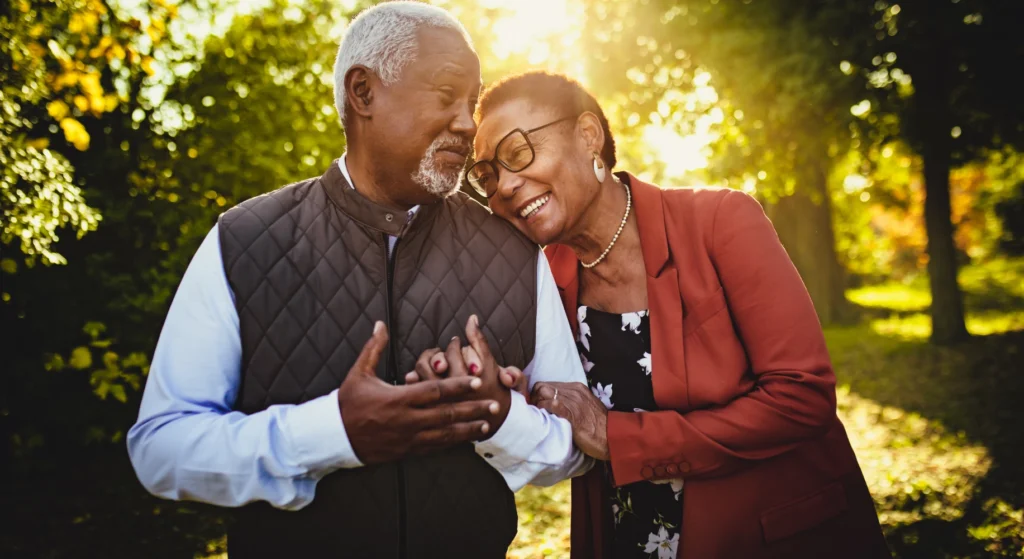
Step 4: From Liability to Asset – More Than Just Your Everyday Carry Pistol
In any kind of crisis—a medical emergency, a fire, a violent encounter—people generally fall into two categories. They either freeze, panic, and become part of the problem that needs solving (a liability), or they step up and become part of the solution (an asset).
Being an asset doesn’t mean you have to be a superhero. It just means you’ve decided to be useful. Sure, knowing how to safely and effectively handle your everyday carry pistol is critical. But what about knowing basic first aid and how to use a tourniquet? What if your buddy has a heart attack on the golf course, or a grandchild takes a bad fall at the park? Being able to stop a bleed is a real superpower.
Being an asset also means understanding your local self-defense laws. Knowing when you can and cannot legally use force is just as important as knowing how to get a clean sight picture. This is how all those EDC setups you see online come together. The flashlight, the knife, the medical gear, and the firearm are all tools, but they are only effective when backed by the knowledge and training to use them properly.
Step 5: The Ultimate Goal of a Defensive Mindset: Confidence, Not Fear
A lot of folks who don’t “get” our lifestyle think it’s all based on fear. They couldn’t be more wrong. Fear is what you feel when you’re helpless. It’s the gnawing anxiety of the unknown, of not having a plan.
The quiet confidence we’re talking about is the exact opposite. It’s the peace of mind that comes from knowing you’ve thought through the hard questions. You have a plan. You’ve practiced the skills. You have the tools. This doesn’t make you eager for trouble. It actually allows you to relax and enjoy life more.
You’re no longer haunted by the “what ifs” because you have an answer for them. This is the real payoff of a well-developed defensive mindset. It lets you stop worrying and focus on what’s truly important—enjoying that anniversary dinner with your wife, playing catch with the grandkids in the yard, and living your life to the fullest.
Why Your Gear List Isn’t the Whole Picture
Scroll through social media and you’ll see a thousand pictures of “perfect” EDC setups. Most of them are just for show. A fancy knife and a custom-molded kydex holster don’t mean a thing without the mindset and training to back them up. Real readiness starts in your head, not your pockets. Your gear is there to support your plan, not the other way around.
Once your mindset is solid, then you can build your system. And it doesn’t need to be complicated. Start with the basics, like a reliable firearm, a good light, a way to call for help, and maybe a decent pocket knife. The rest depends on your life. What a retired guy in the suburbs needs is different from what a long-haul trucker carries.
Don’t get caught up in the hype. The only question that matters is: “Does this tool help me be a better protector?”
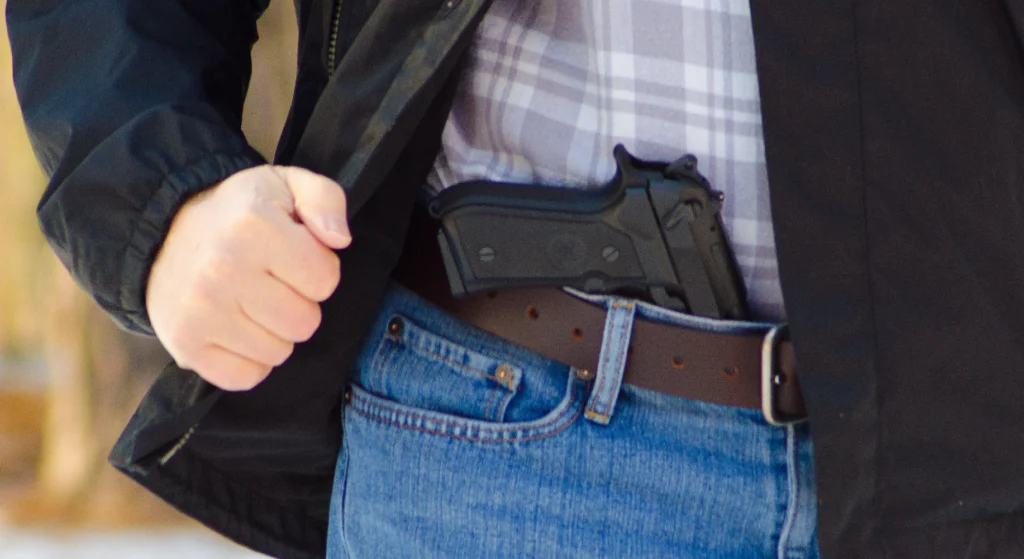
See It In Action
Reading about these shifts is one thing, but seeing them broken down is another. For a more detailed look at how to put these principles into practice, watch the full video on my YouTube channel: The 5 Mindset Shifts That Could Save Your Life.
So there you have it. Five simple, powerful shifts that cost you nothing but a little bit of attention: Be Aware, Be Proactive, Accept Reality, Be an Asset, and Build Confidence.
This mindset is the foundation for everything else. Your gear is important, but it’s the man or woman using it that truly matters. It’s about becoming a capable, competent, and confident protector for yourself and the people you love.
I’m curious to hear from you. Which of these five shifts resonates most with you? Is there one you’re already working on, or one you think is the most challenging? Let’s get a conversation going in the comments below.
Until then, stay safe and stay prepared.
For Further Reading:
Building a solid everyday carry list is a personal journey, and it starts with choosing the right tools for you. If you’re looking for practical advice on where to begin, these articles can help guide you:
A head-to-head comparison: If you’re weighing your options between two popular, easy-to-handle firearms, you won’t want to miss our breakdown of the Springfield XD vs S&W Equalizer.
For our senior protectors: Age brings wisdom, but it can also bring new challenges. Find the right tool for the job with The Ultimate Guide to the Best Handgun for Seniors.
Choosing your sidearm: Feeling overwhelmed by all the options out there? Our F.I.T.S. Framework simplifies the process. Learn How to Choose the Right Everyday Carry Pistol.

